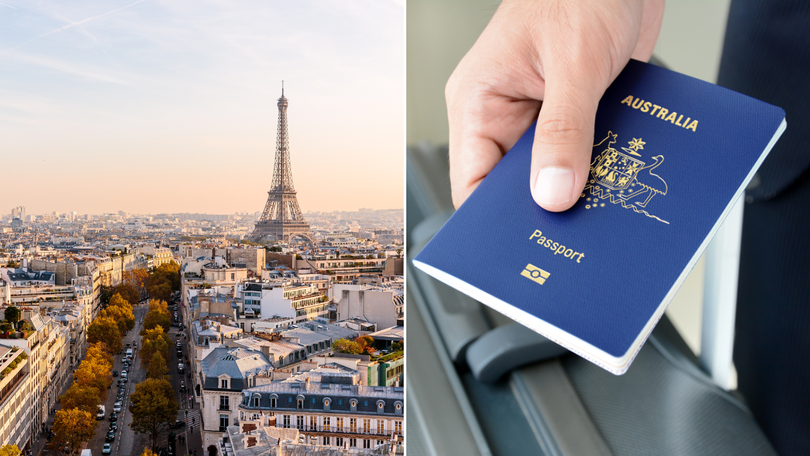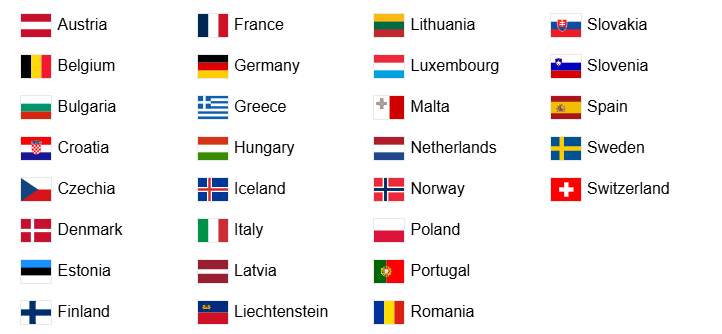Heading to Europe? Here’s what you need to know about the new border Entry/Exit System

Australians travelling to Europe will face a big change at border control from this Sunday.
European countries are set to start rolling out the new Entry/Exit System (EES) from October 12, replacing manual passport stamps with a digital process.
Here’s what it means for travellers.
Sign up to The Nightly's newsletters.
Get the first look at the digital newspaper, curated daily stories and breaking headlines delivered to your inbox.
By continuing you agree to our Terms and Privacy Policy.How the EES works
The EES is an automated IT system that records the entry and exit of non-EU travellers using fingerprints, facial scans and passport data.
Travellers will need to provide these details the first time they enter Europe after the system takes effect.
Once the data is collected, future crossings are expected to become faster — within about three years — as border officers will only need to verify the traveller’s information rather than collect it again.
Australians with a biometric passport (issued since October 2005) will also be able to use self-service kiosks, speeding up the process even more.
According to the official Travel to Europe website, the new system aims to make border checks more efficient and accurate, while helping to prevent overstays, fake identities and visa misuse.
Where it applies
The change applies to non-EU citizens entering the Schengen Area for short stays.
The Schengen Zone includes 29 countries — 25 EU member states plus Norway, Liechtenstein, Iceland and Switzerland.

Non-EU citizens are travellers who don’t hold citizenship in any of the 29 Schengen countries — including Australians.
A short stay refers to up to 90 days within any 180-day period.
Cost
There will be no additional cost for travellers.
Rollout timeline
The EES will be introduced gradually over six months from October 12 and is expected to be fully rolled out by April 9 next year.
During this transition period, some travellers’ biometric data may not yet be collected at every border crossing, meaning passport stamps will still be used in some places.
The system is expected to be fully operational by April 10, 2026.
Originally published on 7NEWS
